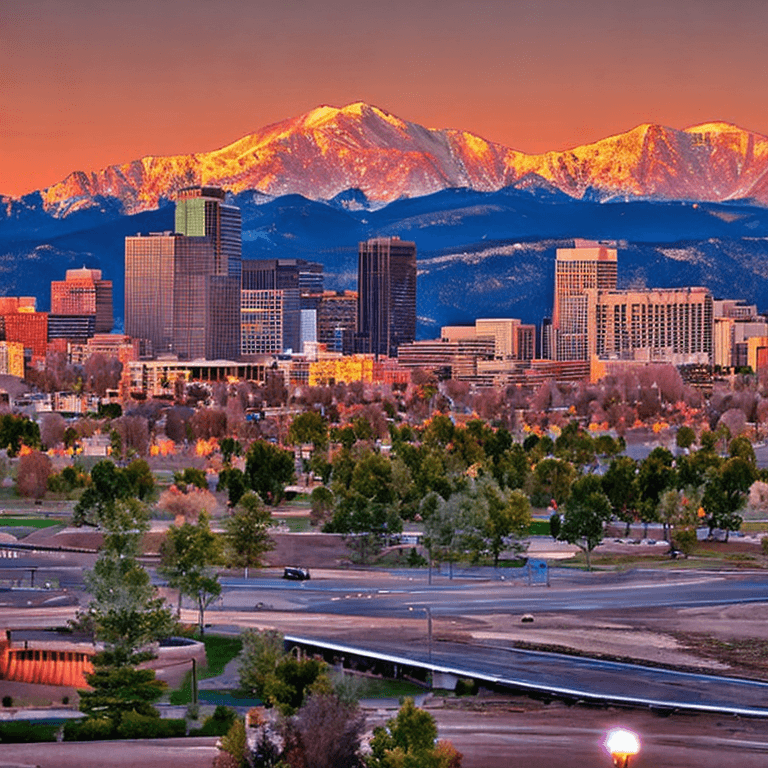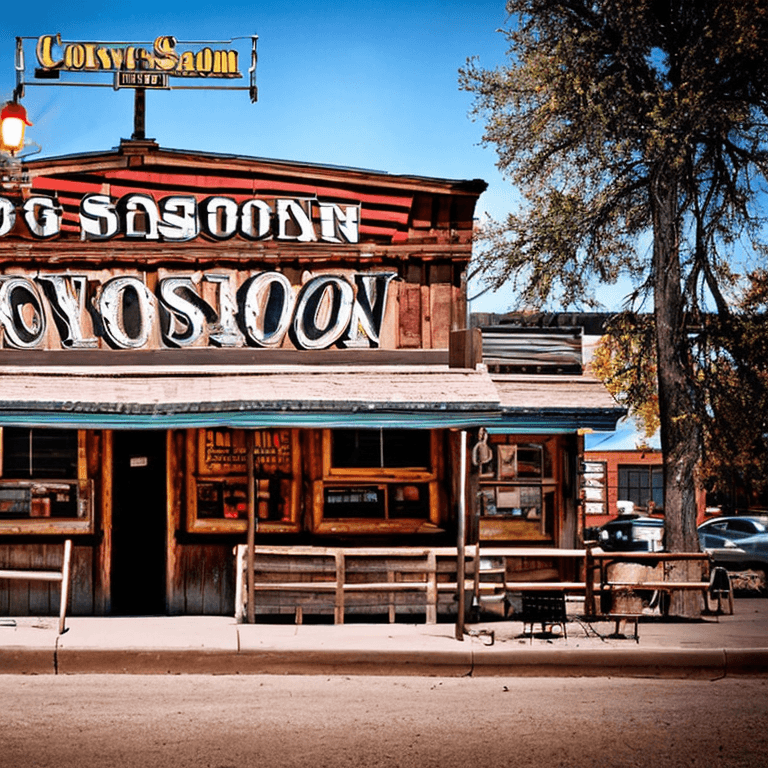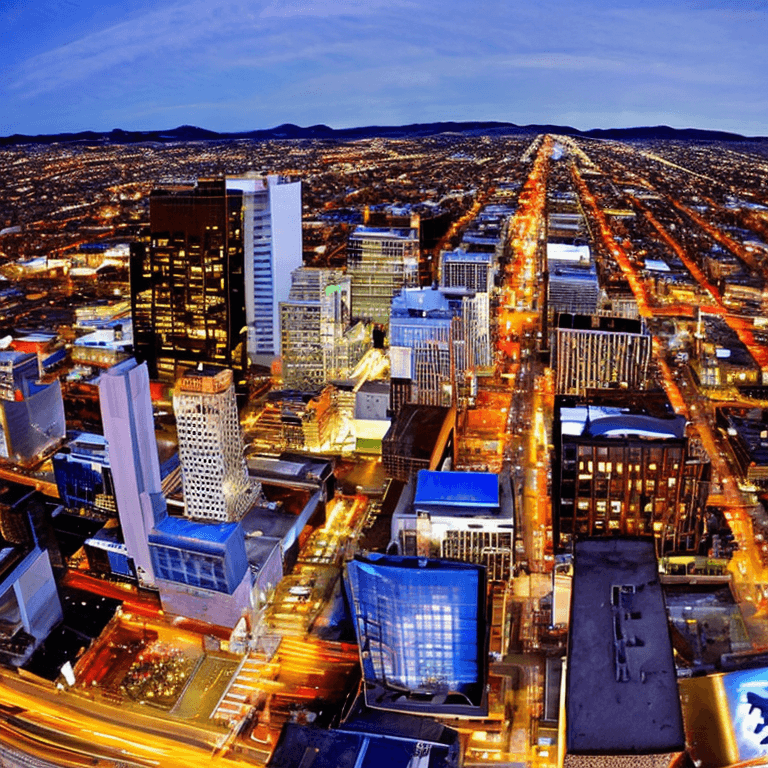The History of Denver
Denver's past is full of people and events that have shaped the city. From the gold rush to the rebirth of Denver following the oil spill.
Early Denver was a crossroads where people were able to travel between the Rocky Mountains and Great Plains. Prehistoric archaeological evidence suggests that people from various cultures interacted and mixed here.
Gold Rush
The Gold Rush of 1849, or the first time that there was a gold boom in Denver was a significant moment in the city's history. Many people came to the city seeking fortune and a new beginning in their lives.
The first gold discoveries were discovered in Gilpin and Clear Creek Counties, west of Denver. Numerous prospectors struck gold in that area, including George Jackson in Idaho Springs and John Gregory in Cherry Creek.
But these discoveries were not enough to revive the gold rush. To attract new miners it took a lot publicity. Promoters such as William N. Byers, editor of Denver's first newspaper called the Rocky Mountain News, started campaigns to attract gold-lovers.
In the spring of 1859, more than 100,000 men had left their homes in the Missouri River towns of Kansas and Nebraska to traverse the plains and into the mountains of Colorado. These men were called "Fifty-Niners."
Some of them sought the gold that was discovered in gulches, such as Clear Creek and Gold Run in Boulder County. Other gold-seekers were more ambitious, searching for gold that was buried in the mountains of Colorado.
The first major gold discovery was made in the region around Central City by John Gregory, a Georgian. He was a red-haired, wiry cracker who had keen eyes for gold in his native land.
Several other prospectors followed Gregory's lead and made gold strikes in the Clear Creek and Gold Run area. Those who continued their explorations in the mountains were rewarded by the discovery of rich gold from the placer.
The gold rush created Colorado a major mining area and railroad-dependent city. The city expanded rapidly and was named the capital city of the Colorado Territory in 1881. Denver is a thriving city with a variety of parks, museums, attractions, and other attractions that honor its rich history.
Silver Rush
In the 19th century, Colorado's main economic engine was gold and silver mining. It brought in more than $1 billion in revenue and created several millionaires in the early years among them Horace Tabor and Nathaniel Hill.
In 1849, a group of California prospectors set off west to find their fortune. They found some gold in Ralston Creek, which is near the today's Arvada, and later discovered placer gold (veins of gold embedded in the rock) at Cherry Creek. These discoveries were teasers but they piqued the interest of a handful of Midwestern and Eastern investors who joined the bandwagon and began to investigate the area more.
As the word spread, hundreds of thousands of men came to the northeastern region of Colorado to seek their fortune. They had a variety of motives, such as wanting a new beginning or being involved in the conflicts between the North and South.
Some of them were motivated by the promise and possibility of wealth by reading promotional literature like Horace Greeley's "Go West Young Man." They also had an unquenchable thirst for adventure.
Whatever their motives, most of them found their fortunes in silver or gold mining. The discovery of silver in the 1860s combined with the Bland-Allison Act of 1878, which required Congress to purchase 4.5 million pounds of silver each month, raised the price of the metal considerably and enabled the development of additional mines throughout the state.
After the boom in silver, however the economy plummeted and most mining districts struggled to stay afloat. Some towns were able to survive, such as Durango and Ouray in southwest Colorado, while others, like Creede and Silverton in the San Juan Mountains, floundered and had to shut down their mines.
Culture Rush
Denver is a cultural crossroads. Denver is the home of many of the most prestigious art institutions in the United States and museums that are world class and celebrate the past and the present.
A visit to the Denver Art Museum, for instance, is bound to impress with its collection that spans prehistory through the 21st century. It's also located across from the Clyfford Still Museum which houses the largest collection of artwork by an American abstract expressionist.
As the culture rush continued, Denver began to transform its status from a frontier town to a modern and thriving city. A new train line connecting Denver to other towns and cities across the country allowed this to happen.
The new route also brought more money to the city, which led to an increase in population growth. At the time World War II started, Denver was the third largest city in the United States with a population of more than 322,000.
The US Mint was another factor that contributed to Denver's growth. It was founded in Denver in 1878. The Mint is a well-known tourist attraction and tours are offered daily.
It is a must-see to visit the Molly Brown House, the home of Denver's first woman mayor. The restored Victorian-style home offers an insight into the lives of its residents and an interesting look into the history of Colorado.
While the Gold Rush helped to shape Denver's identity, it wasn't without its problems. Many of the men and women who left their homes in eastern America to pursue the riches of the west weren't well-equipped for the journey. They often traveled in wagons , and were at risk of dehydration, starvation, and even death. These conditions caused widespread xenophobia which led to the creation of the Ku Klux Klan.
Oil Boom
Denver City was transformed by the oil boom of 1849. It was a time when people came across the country to work in the oil fields. The boom caused a large demand for restaurants, housing and hotels, as well as water systems to support the increasing number of workers in western Colorado.
To accommodate workers and visitors, several new towns were constructed in the region. Some communities were small with only a few restaurants and shops and some had huge oil towns with restaurants, hotels and recreation facilities.
One of the most popular was Gearhart, which was located half a mile south of the Patterson well. There were a variety of businesses in the town, including general shops, a grocery and a bar/pool hall. machine shops, and other services.
The town was a favorite of workers from other regions because it had cheap lodgings and was easy to reach. It also featured an outdoor dance hall, where guests and laborers could dance.
The boom was a good time for certain however, it also brought many difficulties to Denver and the surrounding communities. Certain families and towns would lose their homes, while others fail or be unable to make ends meet.
In addition, many towns were faced with an unsatisfactory supply of workers because people from other parts of the country were attracted by the lucrative wages and job opportunities available in western Colorado. People who didn't work in the mines had to find homes, build wooden water lines to handle increased flows, and serve meals in restaurants that were crowded with new workers and tourists.
The Denver-Julesburg Basin is among the largest oil shale plays in the world. While the oil industry in the state is an important part of its economy, it is not the only one. To spur economic growth, companies are focusing on other industries such as finance and cleantech. The production of oil and gas is unlikely to grow as rapidly as it did prior to when the law was enacted.
Boom and bust cycle
The cycle of boom and bust is an alternating phase of economic expansion and decline that occurs repeatedly in modern capitalist economies. During an economic boom when the economy is growing as jobs are plentiful and investors get high returns from their investments. The boom is over and the economy begins to shrink. People lose their jobs and investors lose their capital.
The central bank lends money at low interest rates to individuals and businesses during the boom. They can use the money to invest in houses, stocks in the technology sector or businesses and anticipate a high return.
Related: Denver Car Accident Attorney
Once the economy starts to slow, companies begin to reduce their spending, and employees begin to lose their jobs. In order to get payroll funds, business owners sell their assets, including stock portfolios, houses, and other assets.
Colorado's history has been marked by boom-and-bust cycles, ranging from the gold rush of 1849 to the Panic of 1893. However, the state's economy has evolved and it no longer depends as much on mining.
In the 1980s the energy boom transformed Denver into a city with towering skyscrapers. The "Mile High City" was given to the city.
Denver's largest economic destabilizer was the erratic construction industry. During the boom in energy, developers built a number of projects just because they had money.
This trend has resurfaced in the current real estate boom, especially in the Front Range. It's possible that Colorado's economy slips back into the cycle of boom and bust.
Denver, Colorado Car Accident Resources:


